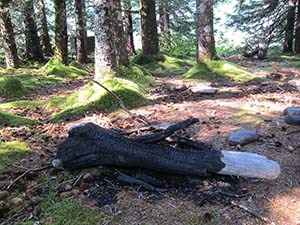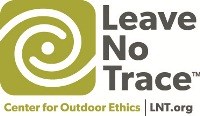|
Leave the park the way you would like to find it! Learn and follow the principles of Leave No Trace to help keep Kenai Fjords pristine, both for future visitors and for the wildlife that makes their home in this magical place. Plan Ahead and PrepareChoose realistic goals, bring proper gear, learn backcountry skills, know the terrain, and make contingency plans. It’s not only important for your safety; good planning makes it easier to leave no trace in the backcountry.
Travel and Camp on Durable SurfacesDespite the rugged appearance, the rocky shores and cliffs of Kenai Fjords are vulnerable to human impact. Fragile alpine vegetation is easily damaged and can take years to recover.
Dispose of Waste ProperlyNobody wants to find your old toilet paper sticking out from under a rock. Proper waste disposal not only keeps the backcountry looking pristine, it is extremely important for health and safety of campers and wildlife.
Leave What You FindTake only memories (and photos!). One of the unique features of the Kenai Fjords coastline is the “ghost forests” – dead standing trees whose roots were inundated with salt water during the ’64 earthquake. Do not cut them up for firewood. Unlike parks in the lower 48, however, recreational rock collecting (by hand without tools) is permitted in Kenai Fjords and most of the national parks of Alaska. 
NPS / M. Dalpes Minimize Campfire ImpactsPlease help us protect our park from the scars of many campfires so future generations can enjoy the pristine environment you enjoy today. Consider using a stove instead of making campfires. If you do have a fire, please enjoy a “Leave No Trace fire” in the following manner.
Respect WildlifeIn the backcountry, you are a visitor. Be mindful that you are sharing this place with bears, moose, shorebirds and other wild residents. Take care not to let your actions impact their behavior or damage their habitat.
Be Considerate of Other VisitorsFew good camping and landing sites exist along the rugged Kenai Fjords coast, and every year more and more people visit this backcountry wilderness.

|
Last updated: February 15, 2018
